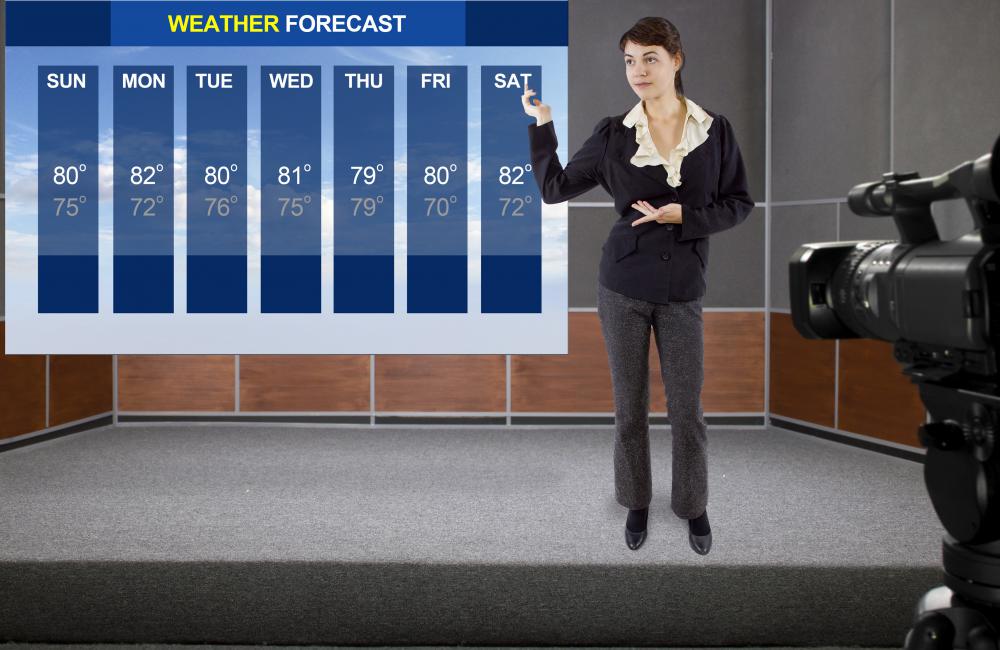What is a Low-Pressure System?
That capital “L” on weather maps stands for low-pressure system, and it usually means cloudy or stormy weather is at hand. This type of system is an area of weather in which the barometric pressure is lower than the surrounding air.
When the barometric pressure is lowered and a low-pressure system forms, it brings in air, usually from a cold front to the north. The counter-clockwise circulation brings the air in and as the cooled air rises, it forms clouds and precipitation. A system forms based on the interaction between the atmosphere and large bodies of water.

This type of system generally comes in conjunction with, or as a crossroads for, a front, or area of markedly warmer or cooler air. The air near the system often becomes unstable and, if other conditions are favorable, severe weather can result from the low pressure and the passage of a cold front.
Tornadoes, in fact, always have low air pressure inside their funnels. A strong low-pressure system in winter may bring snow and ice to the areas it covers. This kind of weather system is often seen as a comma-shaped cloud mass on a satellite photograph, due to the cyclonic cloud flow around it. A tight, well-defined comma usually indicates a well-organized storm system.

When low pressure builds over warm water, it may begin to organize and can form a tropical wave, which can turn into a hurricane. A hurricane usually has extremely low barometric pressures, and the lower the pressure, the more intense the storm. When a hurricane moves inland, in fact, it loses its tropical characteristics and ends up as a wet, windy low-pressure system.

Meteorologists use computer programs specifically designed to chart weather systems to help them predict the weather. One function of these programs is to estimate how low pressure will move across the country, and what kind of weather it may bring with it. Even a day’s notice of bad weather can help save lives and property.
AS FEATURED ON:
AS FEATURED ON:














Discussion Comments
This is worthless to everyone to learn unless they are going to be a meteorologist.
Anon119403- I agree. In order to define low pressure you have to understand how that causes changes in the atmospheric pressure.
The lower the barometric pressure the more dangerous the weather conditions. For example, Hurricane Andrew, the devastating category five hurricane that struck South Florida in August of 1992 had the third lowest pressure system in history.
Over fifty people lost their lives and the storm cost over $50 billion dollars in property damage. As a result of this storm, many insurance companies dropped homeowners from their policy and left the state leaving the state sponsored Citizens insurance as the insurance of last resort.
Building codes were also changed and concrete block construction was mandatory in all residential and commercial construction.
this really helped me with my homework. well written and fun to read! --from pleased
Post your comments